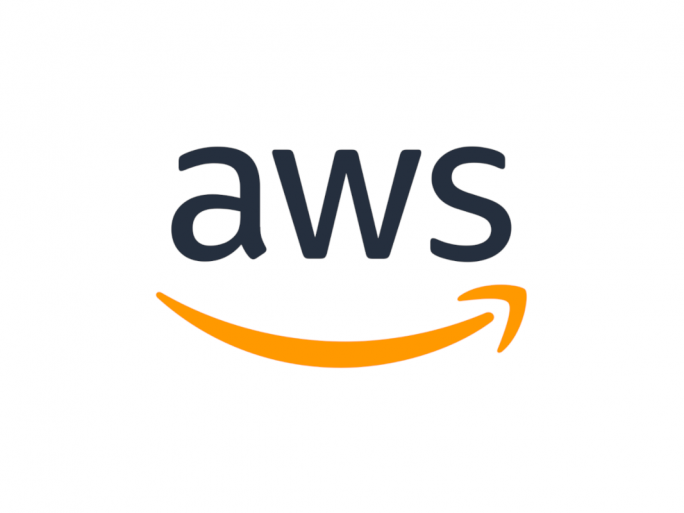AI Boom Boosts Amazon’s Partner Business

Market researchers at ISG have analyzed 47 IT service providers that play a leading role in Germany’s AWS ecosystem.
The authors of the study attribute the strong growth of the cloud-native market as a key factor driving the positive business development of AWS partners in Germany. Additional top drivers include artificial intelligence, flexibility, and cost reduction.
“Traditional modernization services like Lift & Shift or Replatforming remain in demand, but the trend is rapidly shifting towards cloud-native transformation,” says ISG analyst Frank Heuer, who led the study. “This development is evident in the increasing adoption of containerization and serverless computing, which is complemented by the use of robust DevOps practices and automation tools such as AWS CodePipeline and CloudFormation.”
As a result, the most successful service providers—those rated highly in the study—are the ones that offer their clients a clear development perspective and systematically implement the resulting roadmap step by step. This includes initiatives such as building data lakes for analytics or developing generative AI solutions, with an emphasis on end-to-end implementation of cloud projects.
Deeper Integration
The integration of consulting and migration services is becoming increasingly seamless. ISG groups IT providers that are already well-positioned in this area under the “AWS Professional Services” market segment. Leading AWS partners possess deep expertise in software architecture, development, application migration, and modernization.
![]()
On the consulting side, their portfolios span from defining robust cloud strategies and developing profitable business scenarios to managing governance, risk, and compliance (GRC) requirements—including cybersecurity and data protection.
In addition, extensive expertise in data science, database solutions, and architecture is essential. The goal is to extract diverse data types and volumes across system boundaries, structure them into consistent data models, and analyze them in the context of business needs. Increasingly, edge computing must also be considered, integrating IoT data from network peripheries into the overarching cloud infrastructure.
Subsequent data analysis is increasingly leveraging AI and machine learning (ML) methods. AWS service providers that use these insights to propose continuous process improvements for their clients gain a competitive edge.